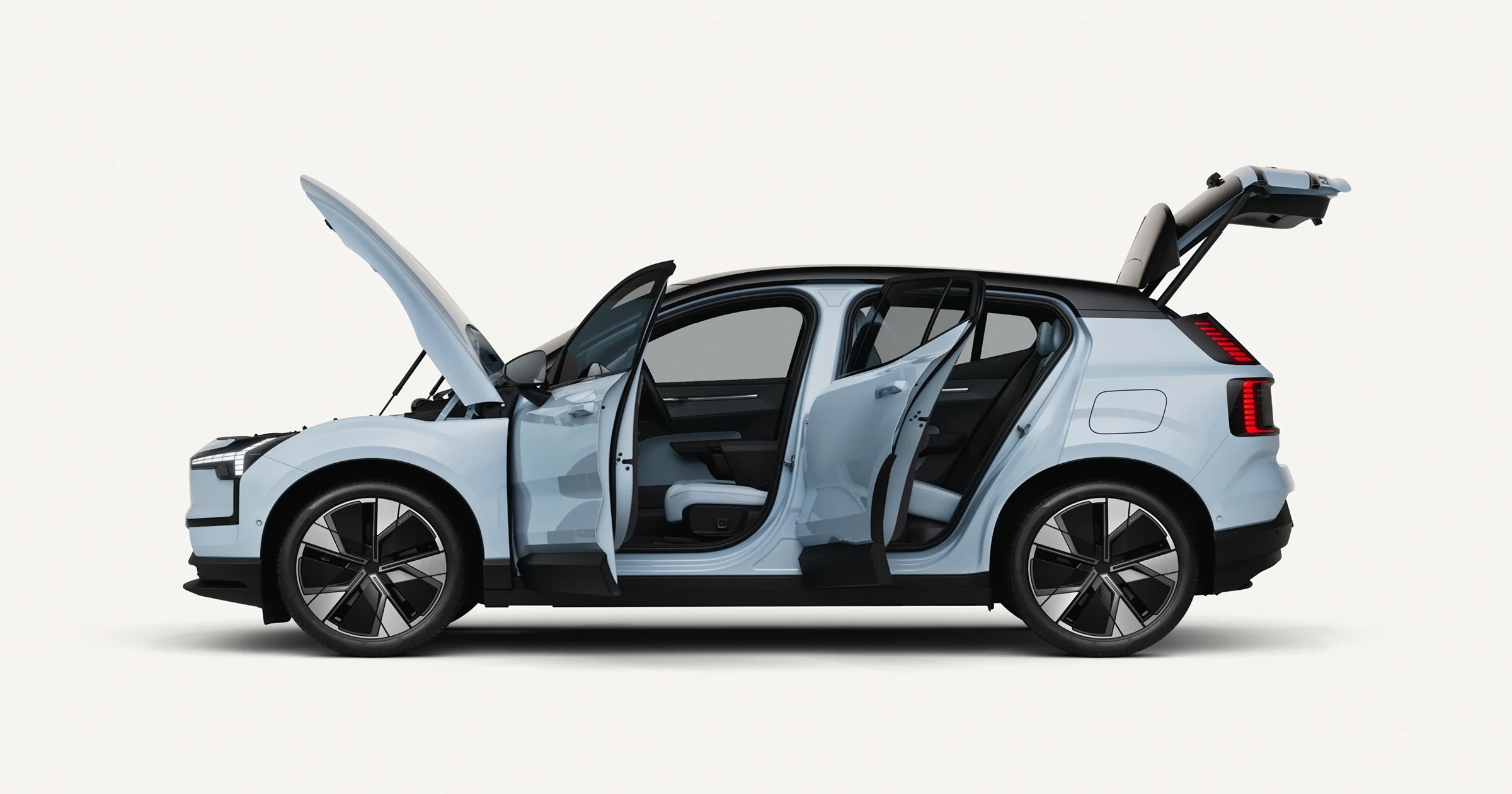Many car buyers today are more informed than ever before. While some look for vehicles that offer premium comfort, modern gadgets, or impressive performance, others are more interested in how the car will retain its worth over time.
It is not strange to see someone spend a lot of money on a vehicle packed with advanced features, only to realize that its value drops faster than expected. Surprisingly, there are also basic specifications that help to maintain a vehicle’s resale value even better than luxury extras.
When you are thinking of buying a car and keeping its value strong over time, knowing what helps and what harms the resale value is crucial. Many car owners assume that the more expensive the car, the more money they can get when they eventually sell it.
However, the situation is not always that simple. Certain top-end features, though impressive at first glance, do not maintain value well when it’s time to sell. On the other hand, some modest specifications play a big role in keeping your vehicle appealing to second-hand buyers.
Let’s take a closer look at five advanced car features that often reduce resale value, followed by five simple features that quietly help you retain more of your investment when selling.
5 High-End Features That Hurt Vehicle Resale
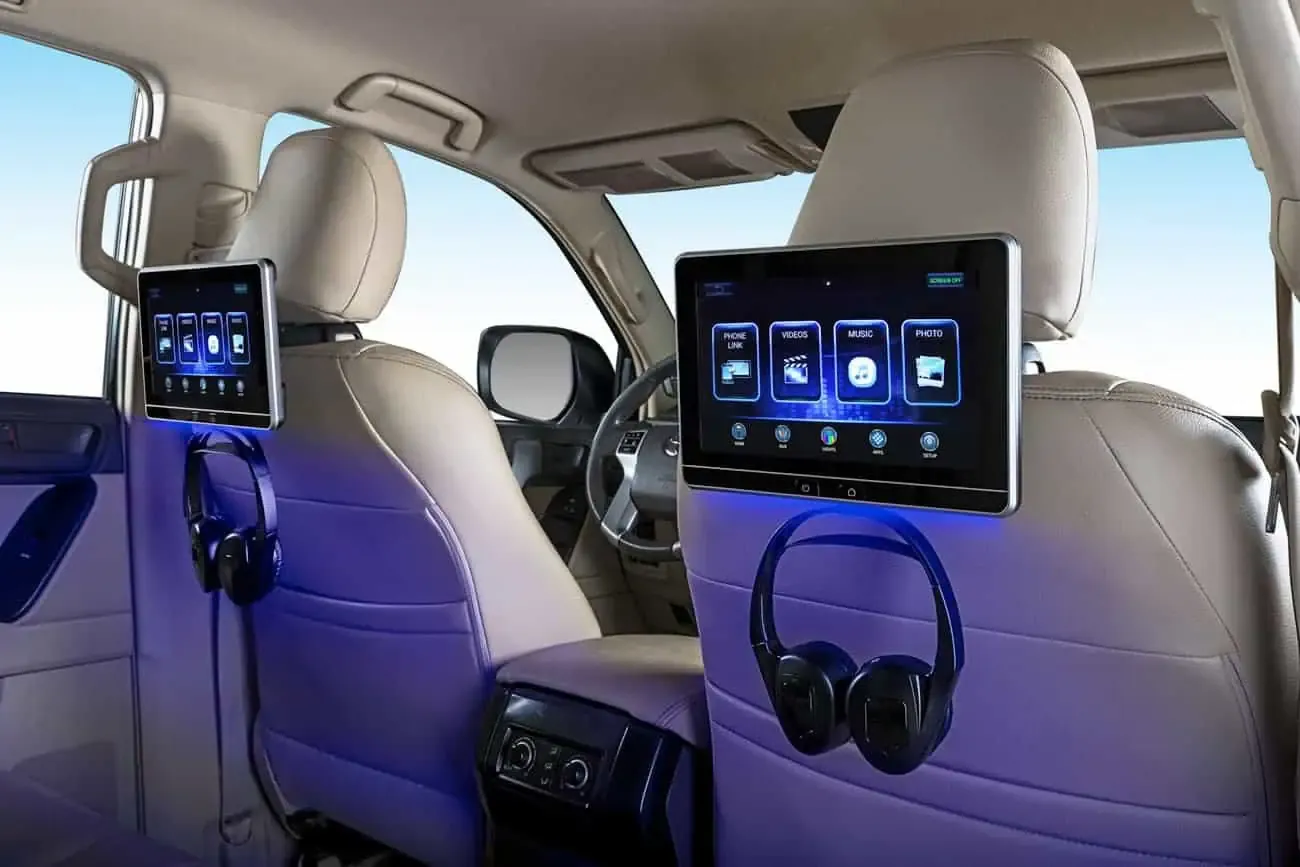
1. Rear-Seat Entertainment Systems That Lose Attraction
Some car manufacturers offer factory-installed entertainment screens for backseat passengers, often with DVD or Blu-ray functionality. At first glance, this may seem like an attractive offer, especially for families with young children.
The thought of keeping kids entertained during long trips can make such systems feel like a must-have. However, as media consumption habits have changed, many passengers now rely more on their personal devices such as tablets or smartphones, rather than built-in screens.
The evolution of mobile technology has made these systems less useful than they once were. Buyers today would rather bring along their own content through streaming services or downloaded files than rely on older in-car systems that may not even support modern formats.
This reduces the perceived value of these units, and in some cases, the added cost of the system becomes a drawback. It also adds to the list of features that may require repair or replacement in the future, especially when the screens begin to glitch or when parts become difficult to find.
These systems may increase the likelihood of wiring faults or software-related problems, especially when the technology becomes outdated. The cost of repairs can discourage buyers, particularly those who have no interest in using such screens. What once seemed like a premium feature may end up being seen as unnecessary or outdated by future owners.
Dealers may also not assign additional trade-in value for these systems, which defeats the purpose of installing them for higher resale. In many cases, buyers looking at used cars avoid such features due to the potential for complications or reduced usability.
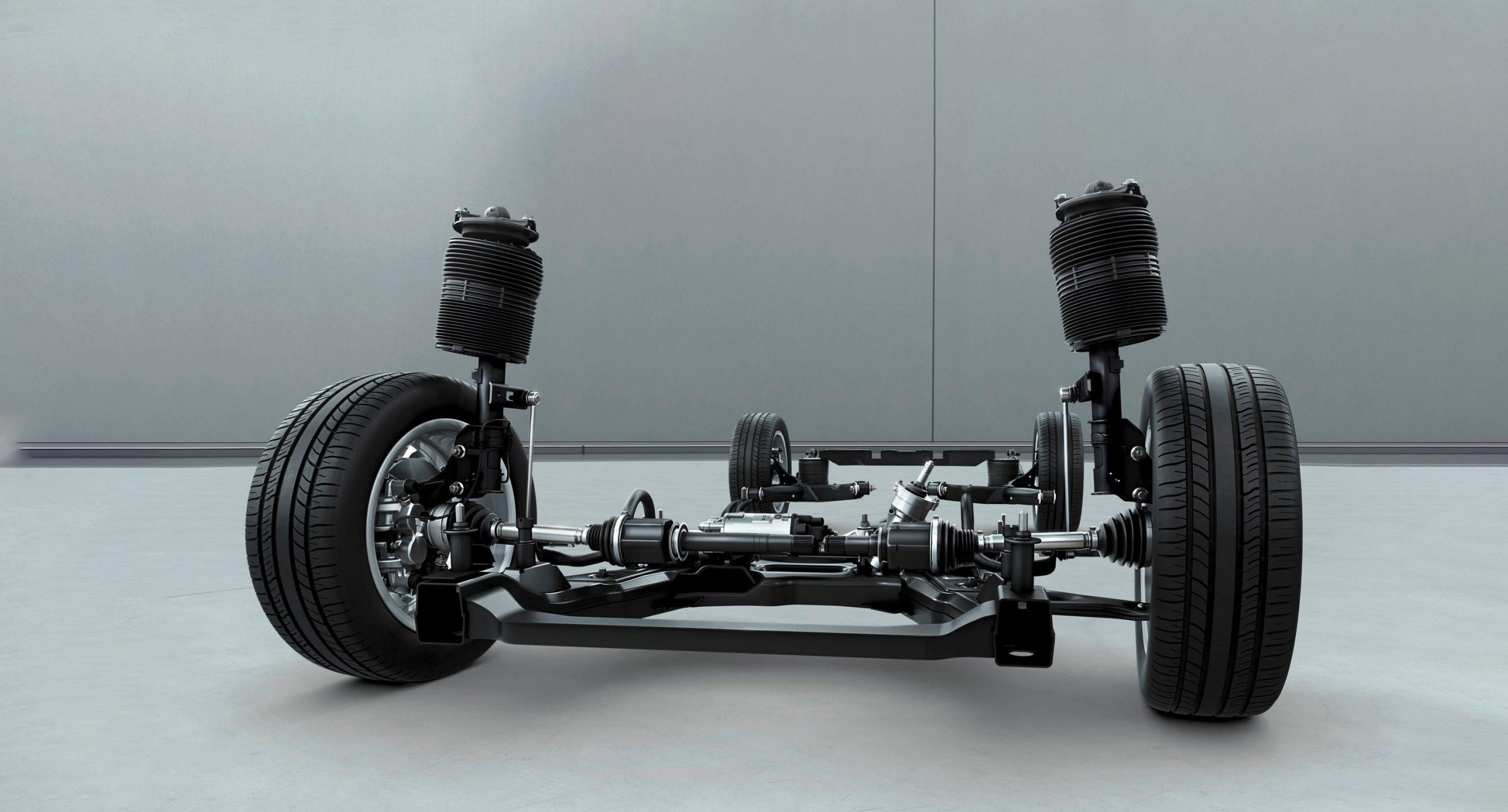
2. Advanced Air Suspension Systems That Become a Burden
Some premium cars come with air suspension systems designed to offer a smoother driving experience by adjusting ride height and stiffness.
While this setup does help in providing excellent comfort and improved handling under certain road conditions, it can be very expensive to maintain or repair as the car gets older. These systems rely on a network of electronic sensors, compressors, and airbags, which are prone to wear and failure.
For the first few years of ownership, an air suspension may seem like a luxury worth having. It handles rough roads well and can be particularly useful in areas with uneven terrain. But when any part of the system starts to fail, the cost of fixing it can be high.
Replacing even a single air strut can cost a lot more than replacing a traditional steel spring. If multiple components need attention, the bill can grow quickly and discourage future buyers from taking the vehicle.
Beyond cost, air suspension systems may also reduce confidence among those looking to own the car for the long term. Reliability concerns often come up during resale discussions, and many people prefer simplicity over complexity, especially when it comes to used vehicles.
Some buyers would rather purchase a car with a traditional suspension setup that they believe would cost less to maintain. The general assumption is that while air suspension improves the ride, it also brings extra worries that may not be worth it once the vehicle is out of warranty.
Because of this, cars fitted with air suspension may sit longer on used lots or attract lower offers from private buyers. Mechanics may also advise against these systems unless the new owner is ready to handle the upkeep.
What starts out as a premium comfort feature ends up being one of the reasons resale becomes more difficult. This leads to lower demand and a loss of resale confidence among both dealerships and individuals alike.
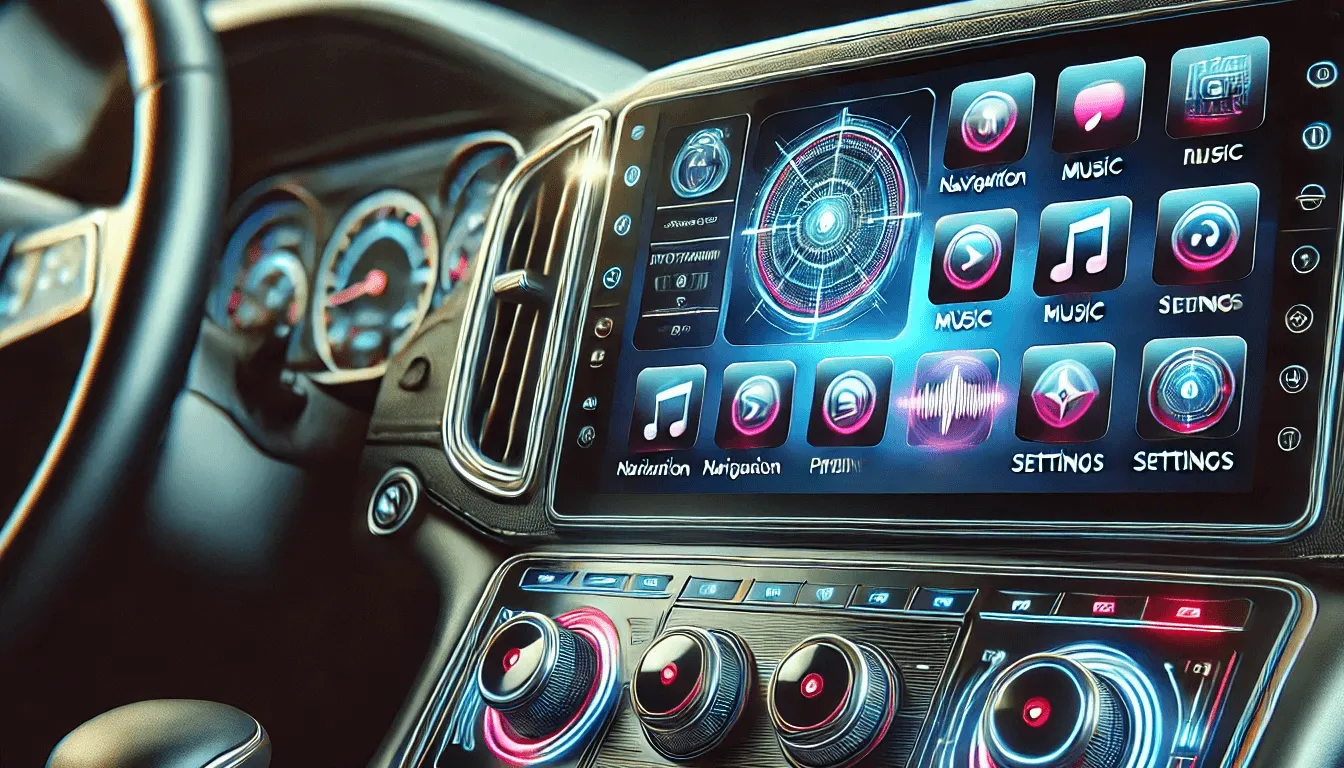
3. Complicated Infotainment Units
Modern vehicles often come equipped with advanced infotainment systems that combine media controls, climate settings, GPS, and even mobile device integration into a single touch interface.
Although these systems impress at the point of purchase and offer a high-tech feel, they often become outdated quickly, especially as new models hit the market with better versions.
Car technology does not age like mechanical parts. Within a few years, an infotainment unit can feel behind the times, even if the rest of the car remains functional.
Many of these systems are designed with proprietary software and hardware, meaning they cannot be easily upgraded or replaced without high cost. For instance, a car that lacks Apple CarPlay or Android Auto may seem very advanced at launch but soon appears behind when those become standard across entry-level models. Buyers of used vehicles now expect such compatibility as a given, and any model lacking it may be ignored or heavily negotiated down in price.
Also, when touchscreen interfaces begin to freeze, lose calibration, or suffer display faults, fixing them is not as easy as replacing knobs and buttons. Repairs often require dealership involvement, which comes at a premium, and many times parts for older systems are no longer in stock. This increases repair wait times or pushes buyers to abandon the option altogether.
Even worse, buyers may view a complicated infotainment system as a distraction or liability, especially those who prefer physical controls for ease of use. Many drivers still value simplicity, and systems that rely heavily on menus and screen taps may be off-putting.
Because of this, a high-end infotainment feature may be seen as more of an inconvenience than an attraction when a car is listed for resale. This perception reduces how much buyers are willing to pay and extends the time it takes to sell the vehicle.
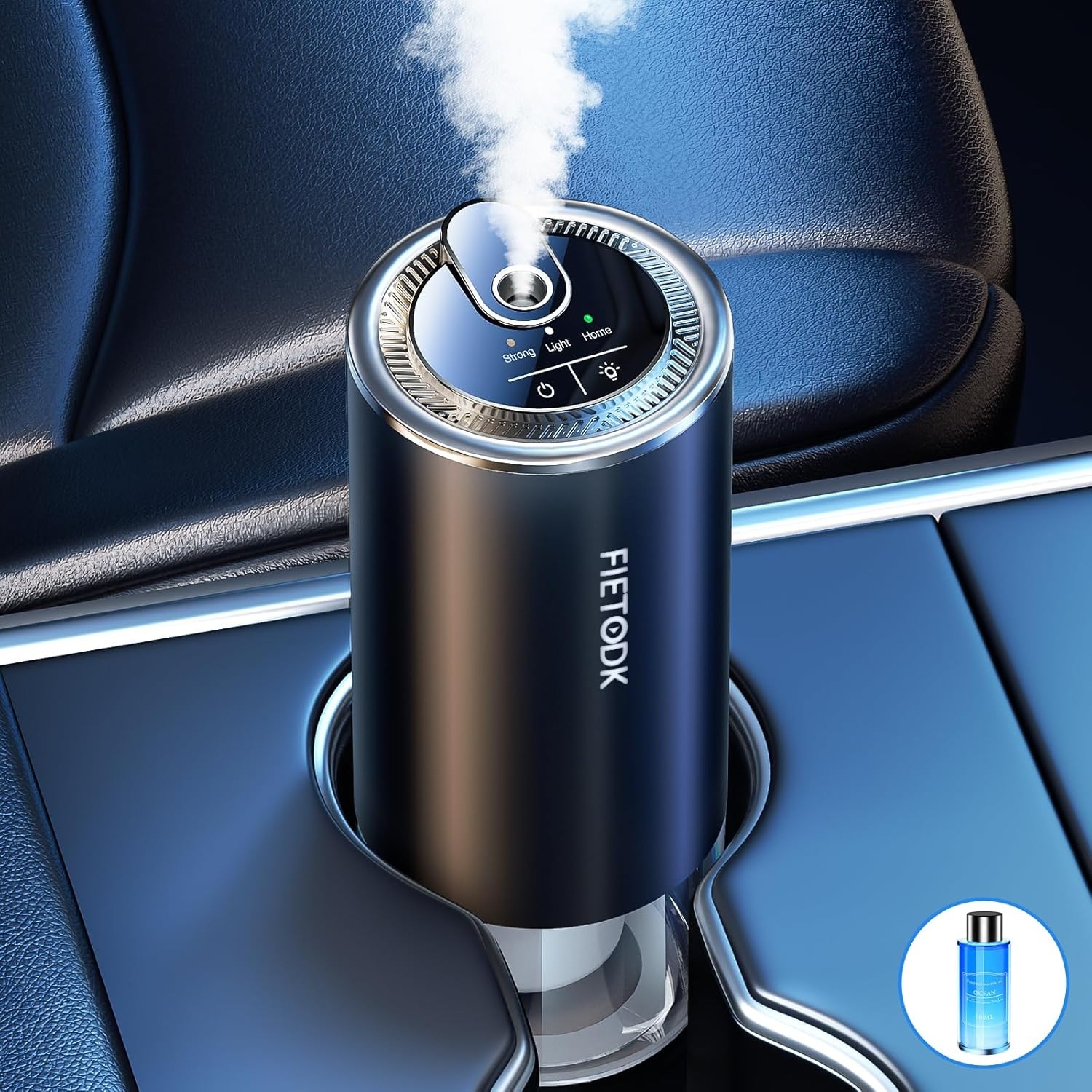
4. Built-In Fragrancing or Climate Personalisation Units
Luxury cars from certain manufacturers come with in-cabin scent dispensers or fragrance systems built into the ventilation. Some models also offer individualised climate settings, allowing different zones of the car to maintain separate temperature profiles. While these features aim to enhance comfort and provide a more luxurious ride, they often create issues when the car changes ownership.
Scent systems typically require specific cartridges or oils which may be expensive or discontinued after a few years. Replacement becomes hard to manage, especially when the vehicle is no longer under the original warranty.
Buyers may also be sensitive to certain scents or feel uncomfortable with previous smells left behind. Unlike mechanical parts that can be replaced, the lingering aroma from used scent systems may leave a negative impression and make it harder to attract a buyer.
On the other hand, advanced climate zones that allow custom airflow for each passenger sound like a convenient upgrade but usually lead to more complications.
When sensors or actuators controlling these zones fail, the repairs tend to be technical and costlier than regular systems. A buyer looking at a used car may not be willing to deal with these risks and would rather avoid such features altogether.
Besides, these systems may no longer work as intended after years of use. A buyer who discovers that one zone of the car blows hot air while the others remain cold will likely walk away or reduce their offer considerably.
This means that features designated to provide comfort may instead cause doubts about the car’s reliability. Even if the rest of the vehicle remains in great shape, non-functional comfort features can bring down buyer interest and resale prices.
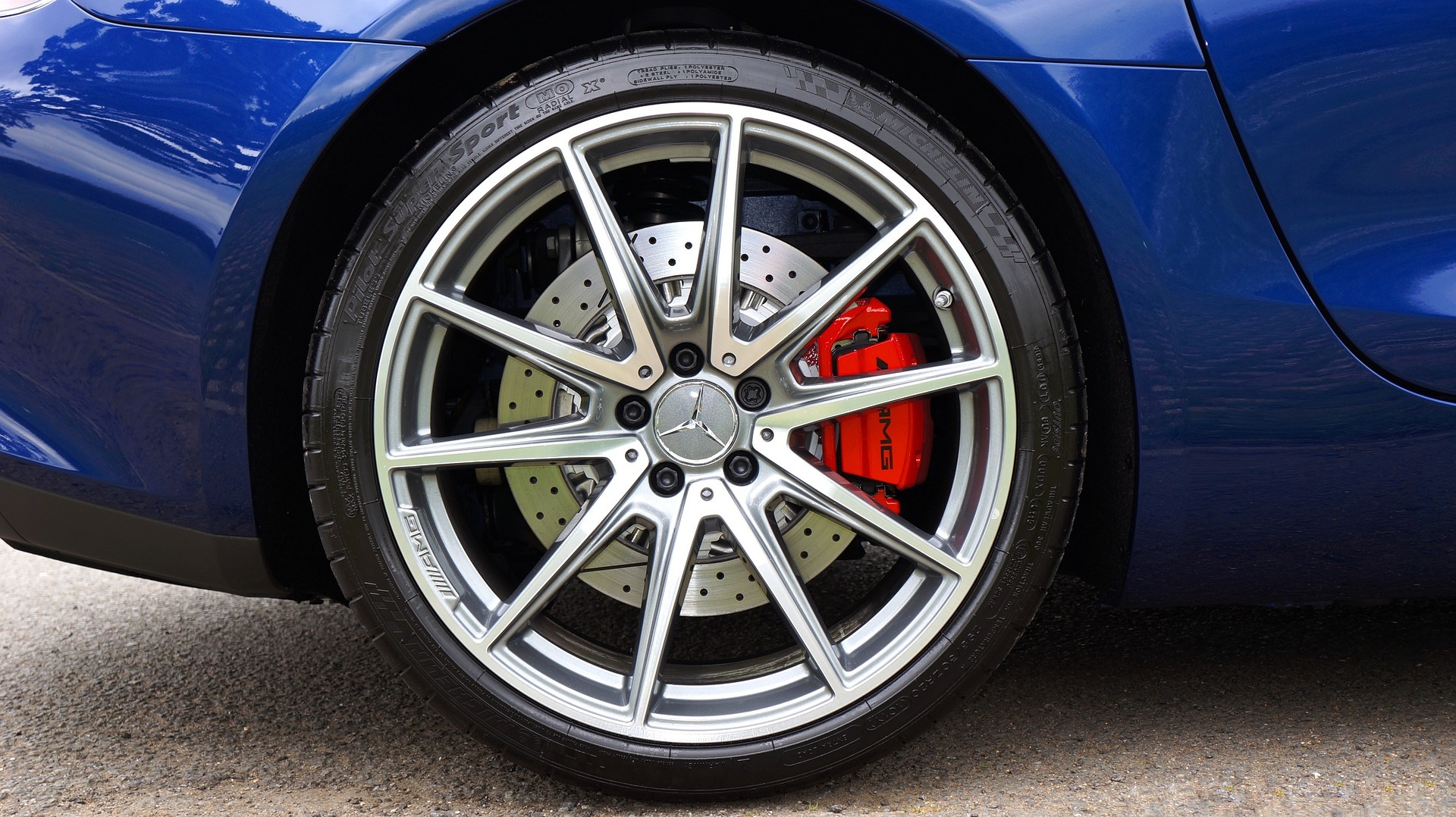
5. Oversized Wheels and Low-Profile Tyres
One of the most popular ways to give a car a sportier or more aggressive look is by fitting it with large alloy wheels paired with low-profile tyres. These are often seen as upgrades in luxury or performance cars and may be included as part of a package or optional trim.
At first, they provide better handling on smooth roads and improve the car’s appearance. However, they also come with several long-term disadvantages that affect how buyers perceive the car when it is put on sale.
Low-profile tyres do not offer much cushioning, and that leads to a harsher ride, especially on bad roads. They also wear out faster and cost more to replace than standard tyres.
The chances of tyre or rim damage from potholes or debris also increase, adding to future expenses. Some buyers who care more about comfort or long-term use may see such wheels as a negative point rather than a selling strength.
Larger wheels also tend to reduce fuel efficiency slightly due to their added weight and different rolling resistance. Maintenance costs for tyres and alignment also increase, making ownership less attractive to budget-conscious buyers. Many people looking for used vehicles focus more on affordable repairs and predictable upkeep. A car that needs expensive tyres every year may not appeal to such people, regardless of how good it looks.
It is also worth noting that some cities or regions have rough road conditions that make these wheel types more of a hassle than a benefit. The idea of getting style at the cost of practicality does not sit well with used car buyers.
As a result, large wheels and low-profile tyres may actually hurt the car’s value even if they are presented as performance upgrades. Sellers often learn that such styling elements only appeal to a limited group, which slows down resale and brings lower offers from buyers who prefer comfort and reliability.
5 Simple Specs That Boost Car Resale Value
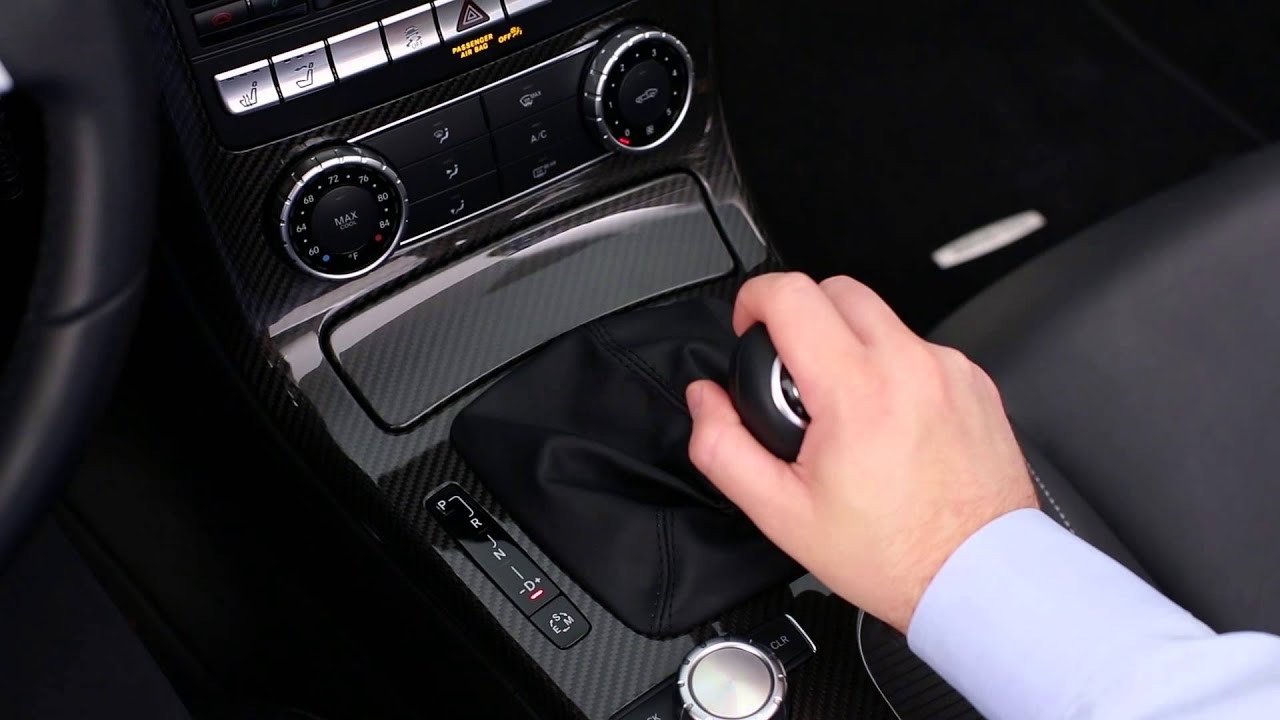
1. Automatic Transmission
In most used car markets across the United States, automatic transmissions are often more attractive than manual ones. Although manual cars are still used in different parts of the world, automatic options continue to dominate in the US.
This preference means that cars equipped with automatic transmissions are likely to be more appealing to a wider range of secondhand buyers.
When people go car shopping, many want vehicles that are easy to use. They usually avoid anything that requires extra effort, such as learning how to change gears manually. Because of that, a car with an automatic transmission naturally invites more interest.
Resale price is partly determined by how many people are willing to purchase that vehicle. The moment a feature makes the car available to more people, its ability to sell quickly at a higher value also improves. Automatic transmissions also tend to offer smoother rides, especially in areas with heavy traffic.
Most city drivers do not want to deal with clutch and gear controls while stuck in slow-moving roads. That reality has helped push the automatic gear system to the top of buyer preference in places like New York, Los Angeles, and Chicago.
Another advantage is the lower learning curve. Someone who just got their driver’s license will likely prefer a car that requires less practice to handle. Since beginners make up a considerable part of the used car market, choosing a car with an automatic gearbox gives the seller a much wider range of interested customers.
Maintenance costs for automatic transmissions have also improved with modern engineering. Repairs are now more predictable, and car buyers now trust them more than before. All of these factors mean that the automatic transmission continues to be one of the most valuable additions when trying to maintain resale value over the years.
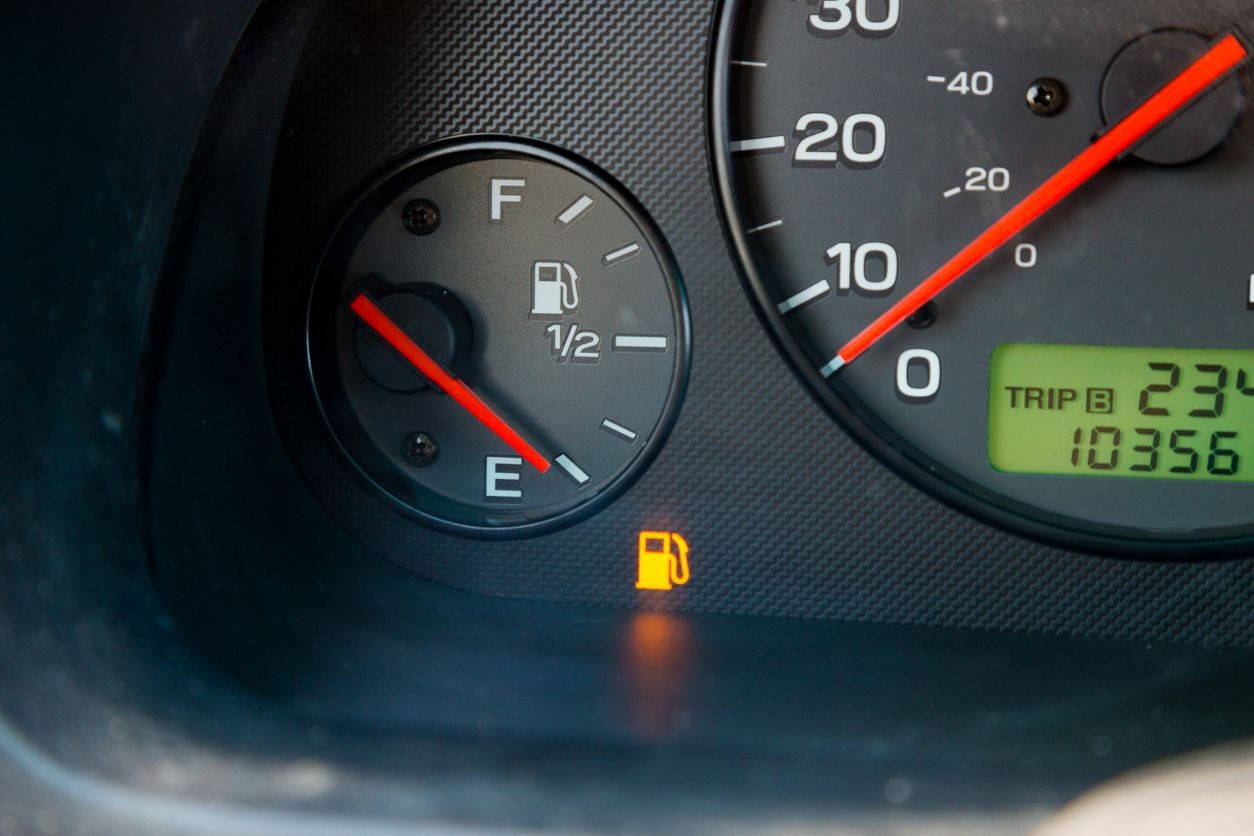
2. Fuel Efficiency
Another feature that plays a strong role in boosting the resale value of any vehicle is how little it costs to keep the car running day after day. A car that helps its owner save money on fuel will naturally enjoy better demand when it reaches the used market.
Fuel economy remains one of the top considerations for anyone planning to buy a pre-owned car. People often want vehicles that will not consume too much petrol or diesel, especially as fuel prices continue to change without notice. Choosing a model that uses less fuel while still performing well is a winning move.
Car manufacturers now understand this mindset, which is why many modern cars are built with systems that reduce fuel usage without sacrificing performance. When you own a fuel-efficient car, you attract buyers who care about daily running costs.
These buyers may not mind spending slightly more upfront just to enjoy long-term fuel savings. As a result, the resale price stays stable and might even rise in certain markets. This trend is especially true in urban areas where people drive daily and spend heavily on fuel.
Fuel-efficient cars are also preferred by many working professionals, college students, and families managing tight budgets. That wide appeal boosts the value of such cars since they meet the needs of different groups of buyers. Hybrid engines and turbocharged small engines often offer this benefit without adding mechanical complexity.
Aside from the savings, these cars are also better for the environment, which adds another layer of appeal for eco-conscious people. If you are looking for a car that will be easy to resell without too much price drop, a fuel-saving engine is one feature you should not ignore.
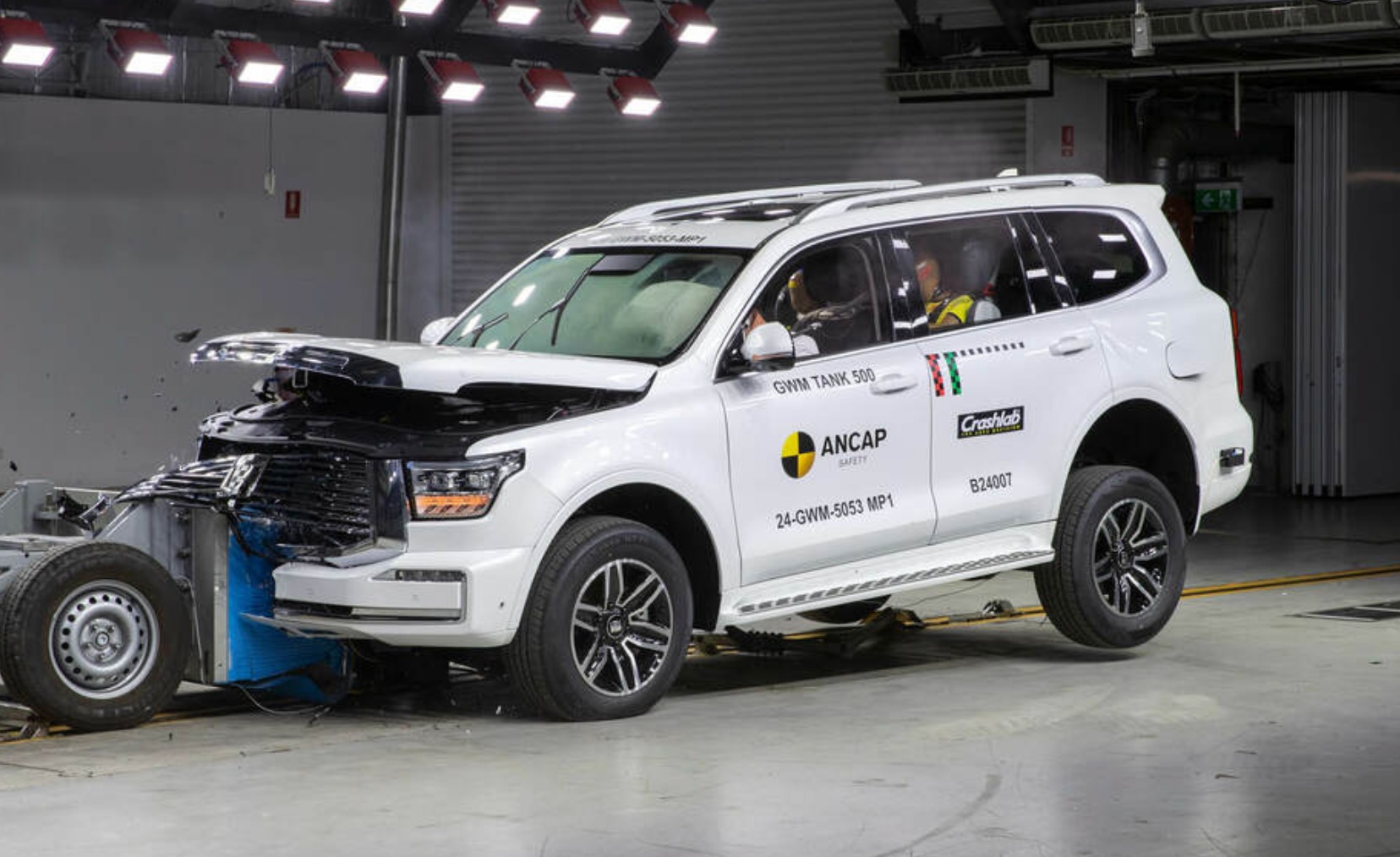
3. Strong Safety Ratings
When parents, young professionals, or experienced drivers look for a used car, one of the first things they check is how safe that car is. Safety is not just about having seat belts and airbags. Today, it includes crash test scores, accident prevention systems, and other features that reduce injury during a crash.
A car with high marks in safety tests from trusted agencies like the National Highway Traffic Safety Administration (NHTSA) or the Insurance Institute for Highway Safety (IIHS) often attracts more interest on the secondhand market.
This interest is not random. When people feel protected inside a vehicle, they become more willing to spend extra money to secure it. Families looking to transport children, for instance, will always ask questions about crash test scores and the presence of child lock systems.
Cars with solid ratings in rollover resistance, side-impact protection, and frontal crash safety perform better during resale because buyers believe those cars offer a greater level of protection for themselves and their loved ones.
Another reason safety features affect resale value positively is that these features are rarely outdated. A car that came with advanced safety technology when it was launched will still be attractive years later if those systems remain functional.
Features like blind spot warning, rear-view cameras, lane keeping assistance, and automatic emergency braking can easily boost a car’s value during resale.
Since most of these safety items also reduce accident rates, insurance companies may offer lower premiums on such cars, adding another benefit to the package. A safer car tends to bring peace of mind, and that peace is something many buyers are happy to pay for.
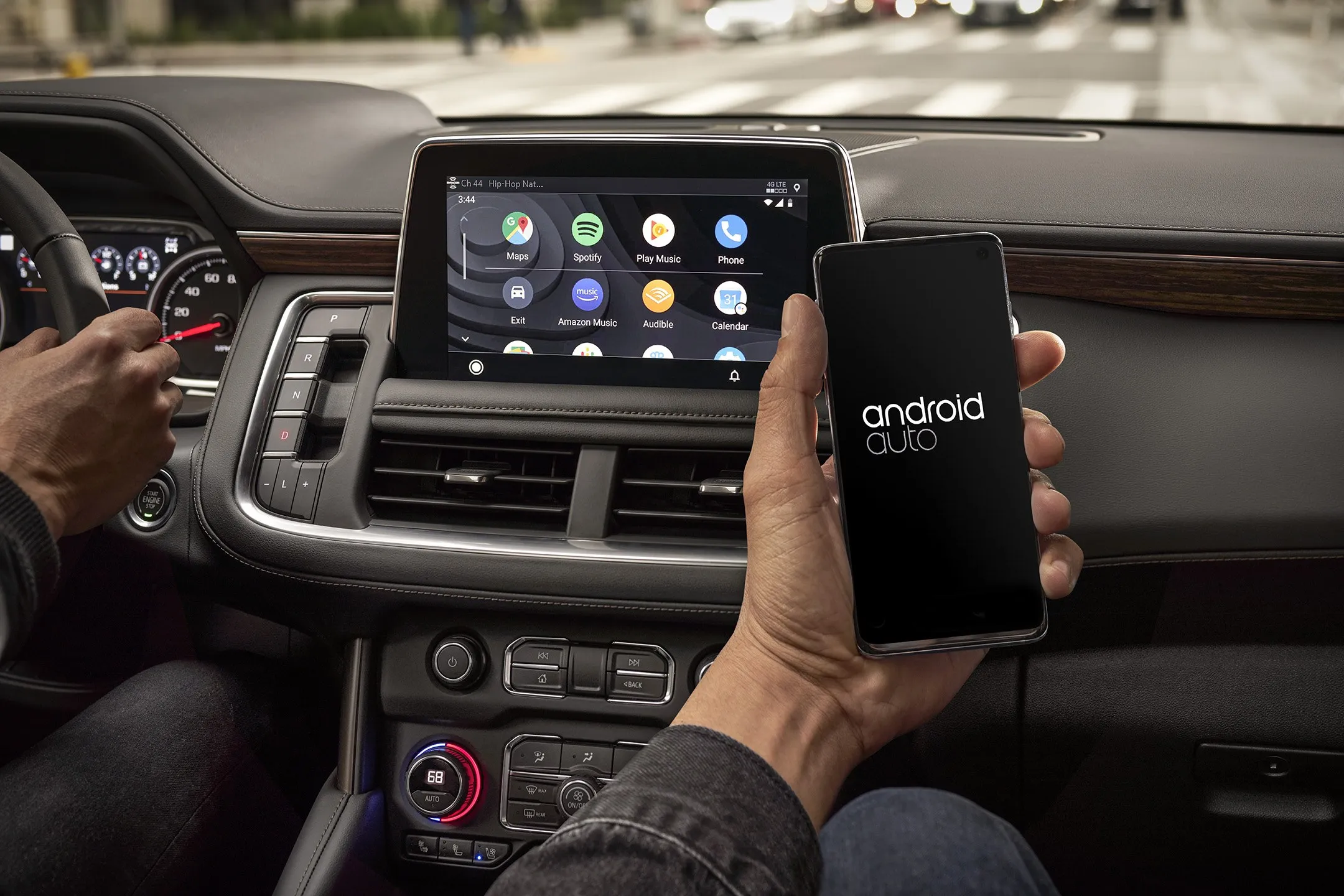
4. Infotainment System That Supports Smartphones
Today’s car buyers expect their vehicles to offer more than just transportation. The demand for in-car technology has grown sharply over the past few years. One of the main features that many secondhand buyers now look out for is whether the infotainment system inside the car allows them to connect their smartphones easily.
Systems that support both Apple CarPlay and Android Auto are now seen as standard for comfort, especially by younger buyers. A car that supports a smooth phone connection tends to retain its value more because it meets modern expectations.
When someone buys a used car, they usually want to feel like they are not missing out on today’s digital lifestyle. A car that allows calls, messages, music, and maps to function directly from the dashboard appeals to buyers who spend plenty of time behind the wheel.
This convenience improves the car’s value because it makes the vehicle feel current. Many buyers do not want a car that feels outdated, and the presence of a strong infotainment system can change how they see the car, even if it is a few years old.
Besides providing comfort, a good infotainment system also helps with driving safety. Features like voice commands reduce distraction and allow the driver to focus on the road while staying connected. That combination of safety and luxury keeps interest high when it is time to sell the car.
Upgrading to a car that already has these systems means the buyer will not have to pay extra for third-party devices or awkward installations. For these reasons, vehicles with strong digital integration tend to perform well on the secondhand market and usually retain a higher percentage of their original cost.

5. Regular Maintenance History
Among all the features that affect resale value, the one that involves how the car was taken care of over the years is possibly the most powerful. No matter how flashy or efficient a car may be, if the buyer cannot confirm that the vehicle was regularly maintained, they will likely walk away or offer a much lower price.
Maintenance history helps the new buyer understand the condition of the vehicle without guessing. A well-documented service history gives clear proof that the owner took proper care of the car.
Oil changes, tyre rotations, brake inspections, and battery checks are just a few of the routine services that must be done on time. When the seller has a complete record of these things, it gives the buyer peace of mind.
They can see that the car was not abused or ignored. This makes the vehicle more attractive even if it is several years old. Many buyers will even accept higher prices for cars with clear maintenance records because they feel more secure in the purchase.
In addition to raising the car’s selling price, documented servicing also helps reduce problems after the sale. The new owner will likely face fewer surprises because the car was already kept in good condition. Most people today are careful about buying secondhand vehicles that might give them trouble later.
So, having receipts or digital records of past servicing can set your car apart from others in the same price category. For anyone thinking about future resale, keeping up with scheduled maintenance and saving the records should be seen as a priority from day one. It is one of the simplest yet strongest ways to protect your car’s value for the long run.
Also Read: 5 Affordable EVs That Hold Resale Value vs 5 That Depreciate Fast
The way people evaluate vehicles has changed, especially among buyers who think ahead. These days, many shoppers are no longer drawn in solely by high-end designs, high-tech dashboards, or luxury fittings.
Instead, there’s growing interest in what a car can offer in the long run, especially when it comes to maintaining a strong resale price.
While flashy extras like large touchscreens, specialized suspension systems, or built-in rear screens might look tempting, their upkeep costs and tendency to become outdated can drag down a vehicle’s future value.

